
The College focused on surgical education to improve the quality of care. It built its reputation and membership while disseminating best practices. It also established committees on cancer and trauma and a hospital standardization program.
1920
"Traveling Circus Troupe" Expands the College's Reach

1920
"Traveling Circus Troupe" Expands the College's Reach

Sectional meetings were inaugurated to bring "a miniature Clinical Congress into the states and provinces," and carry to "large groups of laymen and women the story of scientific medicine," Franklin H. Martin, MD, FACS, recounted in his 1928 presidential address to the College convocation.27 For many surgeons, traveling to the national Clinical Congress took days, resulting in loss of income and potential loss of patients. As a result, Dr. Martin and College staff—inspired by the suggestion from John Wesley Young, MD, FACS—began a nationwide tour to spread the ideals of the College and help establish state and provincial chapters. Dubbed Dr. Martin's "traveling circus troupe," these sectional meetings were attended by up to 150,000 people in the first year and reached another 8–12 million through the local press.28
Citations

1920
Dr. Ernest A. Codman Starts First Cancer Registry in the United States
1920
Dr. Ernest A. Codman Starts First Cancer Registry in the United States



The first cancer registry in the United States, a Bone Sarcoma Registry, was started by a committee organized by Ernest A. Codman, MD, FACS, to advance the concept of end-results reporting. The Registry collected and reviewed cases of bone sarcoma, including the X rays and microscopic slides of each case. The committee quickly realized that many of the cases were not actually bone sarcomas and that even among the true cases, there was no standard terminology. By circulating the slides, as Dr. Codman and colleagues noted in their 1923 report, "we shall all have an opportunity to see what Mallory means by osteo-myxo-fibroblastoma or Ewing means by xantho-sarcoma."29 For the first time, disease terminology became standardized across institutional and specialty boundaries, and treatment outcomes were analyzed on an international level. The Registry was based on an idea first suggested by British physician Sir Thomas Percival in 1803.
Citations
1920
Great Mace Presented to the College by Lord Moynihan

1920
Great Mace Presented to the College by Lord Moynihan
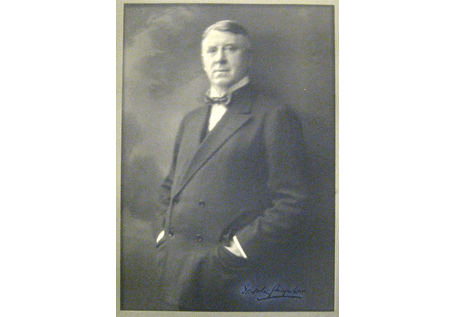



Lord Moynihan, MD, FACS (Hon) of the Royal College of Surgeons led a delegation to America to present the Great Mace to the College “in memory of mutual work and good fellowship in the Great War 1914–1918.”30,31 An estimated 90 percent of Fellows enrolled for service to support the allied efforts. Lord Moynihan (Sir Berkeley George Andrew Moynihan), a leader in British military medicine during the Great War and a founder of the British Journal of Surgery in 1913, represented the Consulting Surgeons of the Armies of Great Britain. Franklin H. Martin, MD, FACS, said the Great Mace “now and for all time to come will lead our ceremonial processions.”32
Citations
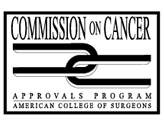
1922
Predecessor to Commission on Cancer is Established
1922
Predecessor to Commission on Cancer is Established

The College established the "Committee on the Treatment of Malignant Disease with Radium and X ray," which would later become the Commission on Cancer.33 The immediate goal of the committee was to gauge the value of radium and X ray in the treatment of cancer. The committee began collecting information on cervical cancer, then went on to study other cancers, including those of the breast and mouth.34 From the beginning, the overall goal was to decrease the morbidity and mortality of patients with cancer by delivering the earliest possible diagnosis and best possible care wherever they live.
Citations
1922
Committee on Fractures is Formed

1922
Committee on Fractures is Formed
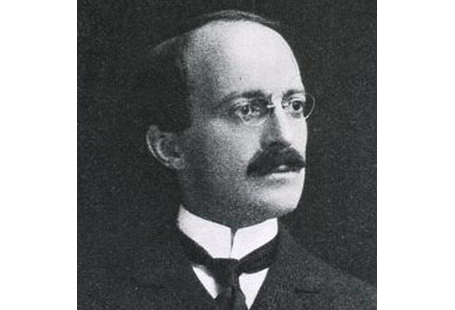


Charles L. Scudder, MD, FACS, formed a College committee on "Treatment of Fractures." The committee, along with the Board on Industrial Medicine and Traumatic Surgery, begun in 1927, later evolved into the College's Committee on Trauma.35 Dedicated to phases of care for the injured patient, the Committee on Trauma is a field force of thousands of College members in the United States, Canada, and Latin America that is dedicated to achieve improvements in all phases of the care of the injured and the prevention of injuries.36
Citations
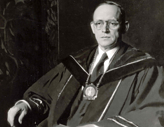
1924
Drs. Warren H. Cole and Evarts A. Graham Detect Gallbladder Disease Using Roentgen Ray
1924
Drs. Warren H. Cole and Evarts A. Graham Detect Gallbladder Disease Using Roentgen Ray




Warren H. Cole, MD, FACS, and Evarts A. Graham, MD, FACS, co-developed a process to diagnose
gallbladder disease, whereby the gallbladder was visualized with X rays by using contrast media.37,38 Drs. Cole and Graham "stimulated a new era for the clinical use of the Roentgen ray, a technology that continues today with the promise of molecular imaging," according to a 2009 commentary in the Journal of the American Medical Association.39
Citations
1926
College Issues First Hospital Standardization Manual
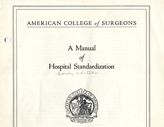
1926
College Issues First Hospital Standardization Manual

The College issued its first Manual of Hospital Standardization, an 18-page document that had evolved from the one-page "The Minimum Standard." It would later evolve into a 152-page manual for standards in 1970, then into a 750-page Comprehensive Accreditation Manual for Hospitals in 2012.40,41
Citations

1926
John B. Murphy Memorial building Opens in Honor of Dr. John B. Murphy
1926
John B. Murphy Memorial building Opens in Honor of Dr. John B. Murphy
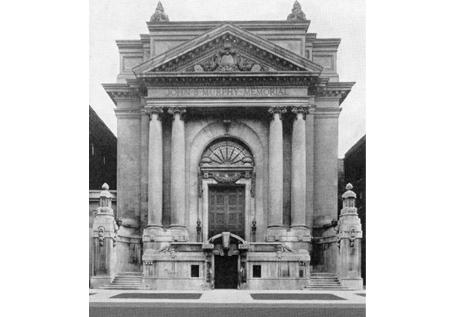
The John B. Murphy Memorial building, dubbed "The Murphy," opened at 50 E. Erie Street, Chicago. "The Murphy" was erected to honor a prominent founder of the American College of Surgeons, John B. Murphy, MD, FACS. Funds for the memorial were solicited through an association formed by Dr. Murphy's friends following his death. The design was in the French Renaissance style, patterned after the Chapelle de Notre-Dame de Consolation in Paris, built in 1900. The baronial auditorium with brass doors from Tiffany, raised dais and throne-like chairs for the Regents proved too small for the Convocations and was rarely used.42,43
Citations



